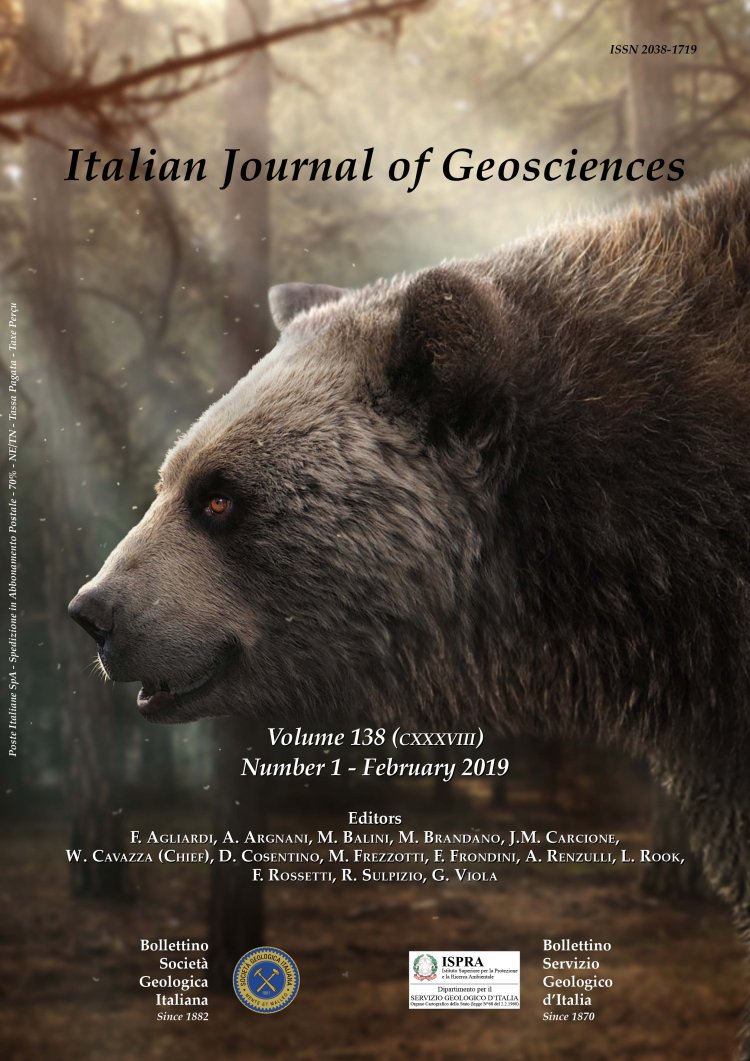
New information from 'old' seismic lines: an updated geological interpretation from the re-processing of the CROP line M-2A/I (Bonifacio Straits) at shallow depths
Fabrizio Berra (1), Eusebio M. Stucchi (2) & Stefano Moretti (1)
(1) Università degli Studi di Milano, Dipartimento di Scienze della Terra “A. Desio”.
(2) Università degli Studi di Pisa, Dipartimento di Scienze della Terra.
Corresponding author e-mail: fabrizio.berra@unimi.it.
DOI: https://doi.org/10.3301/IJG.2018.24
Volume: 138 (2019) f.1
Pages: 31-42
Abstract
The shallowest part (about 3 sec two-way traveltime) of the CROP line M-2A/I, acquired during 1991 in the Bonifacio Strait (between Corsica and Sardinia), was reprocessed to improve its geological interpretation. The original target of the M-2A/I profile was the entire crust and therefore the shallowest part was only partially interpreted. In this context, the re-processing procedure was carried out to improve the signal-to-noise ratio and the resolution at shallow depth. The geological interpretation of the reprocessed data aimed at the reconstruction of the sedimentary succession and the contact with the underlying Hercynian basement.
The M-2A/I seismic profile was interpreted identifying diverse seismic facies, in relation with the geological units outcropping to the north (in Corsica) and to the south (in Sardinia) of the seismic profile. The study supports the existence of a thick Mesozoic succession, onlapping the Hercynian basement, preserved below the Cenozoic succession in the Asinara Gulf, suggesting that the Nurra succession
continues northward in the offshore. The Mesozoic succession is bordered by a major, east-dipping normal fault, east of the Asinara Island ridge. The faults recognized in the seismic profile indicate a prevailing strike-slip/transtensional tectonics, questioning the role of compressional tectonics suggested in a previous interpretation. The obtained results also indicate the potential of re-processing of existing seismic profiles, whose interpretation can be significantly updated
thanks to the development of new processing procedures and to the continuous upgrade of the regional geological knowledge.
Keywords
Get Full Text